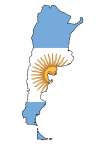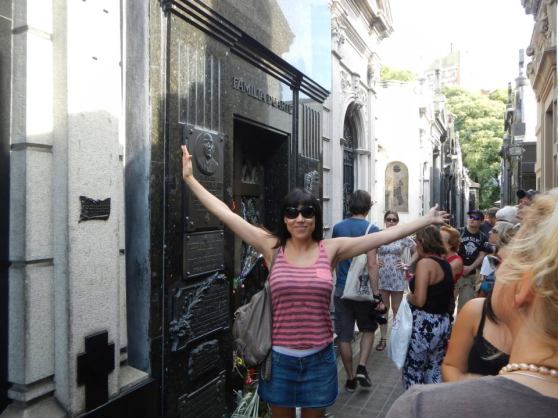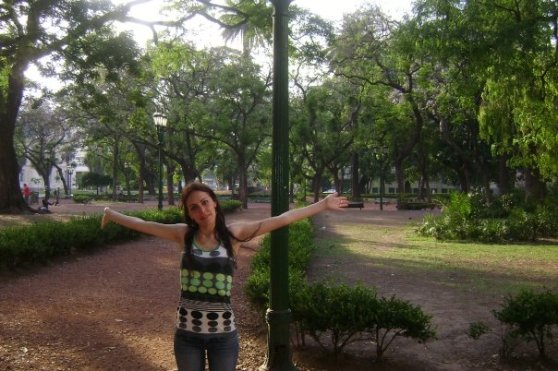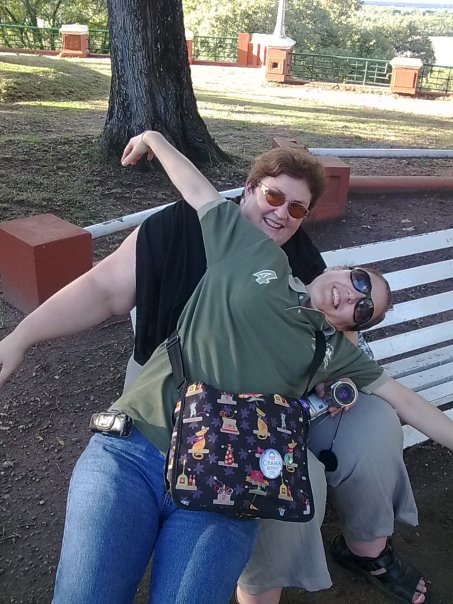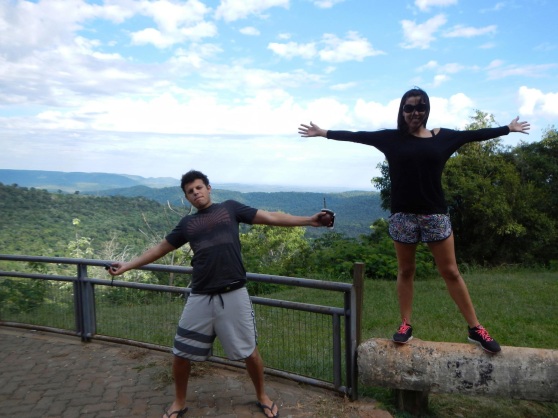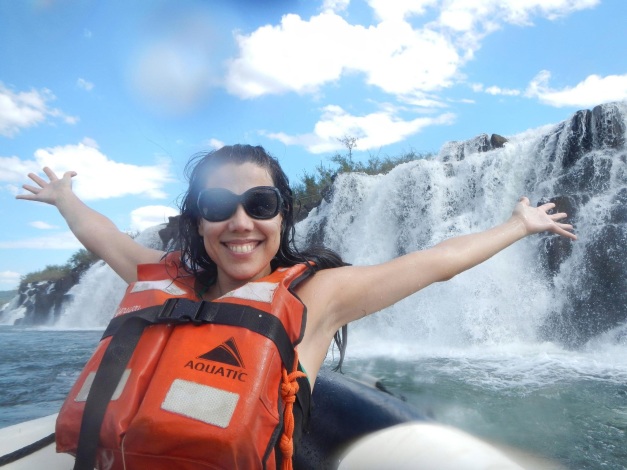WE WANT TO EMBRACE THE WORLD FROM CZECH REPUBLIC!
WELCOME TO CZECH REPUBLIC OPENARMS!
St. Vitus Cathedral. Prague Openarms!
Population: 10,212,000
National Museum. Prague Openarms!
Capital: Prague; 1,170,000
Area: 78,866 square kilometers (30,450 square miles)
Wencelas Square, Prague Openarms!
Language: Czech
Religion: Roman Catholic, Protestant, atheist
Currency: Czech koruna
Life Expectancy: 75
GDP per Capita: U.S. $15,300
Literacy Percent: 100
Breaking a nearly 75-year union with the Slovak Republic in 1993, this independent country in Central Europe consists of the regions of Bohemia and Moravia—once part of the Great Moravian Empire formed by Slav tribes in the early ninth century. The Bohemian kingdom arose here during the tenth century, its 600-year reign a highlight of Czech history. Bohemia is a plateau surrounded by mountains, and Moravia, to the east, is mostly hills and lowlands. Austria’s Habsburgs took control of both regions at the start of the 16th century.
With the end of the Austro-Hungarian Empire in 1918, the Czechs and Slovaks came together to create Czechoslovakia.
Separated again in 1939, Czech lands were annexed by the Nazis during World War II, while Slovakia became a puppet state of the Germans. Communists took charge of a reunited Czechoslovakia in 1948, crushing an attempt at liberalization in 1968, only to be forced out in 1989.
After its break with the Slovak Republic, the Czech nation rapidly privatized state-owned businesses. State ownership of businesses was at about 97 percent under communism—today it is less than 20 percent. The country is also reducing its dependence on highly polluting brown coal as an energy source, turning more toward nuclear energy.
Tourism is a rapidly developing sector, and millions come to Prague to visit castles, palaces, and spas.
Although the political and financial crises of 1997 eroded somewhat the country’s stability and prosperity, the Czech Republic succeeded in becoming a NATO member in 1999 and a European Union member in 2004.
Industry: Metallurgy, machinery and equipment, motor vehicles, glass, armaments
Agriculture: Wheat, potatoes, sugar beets, hops; pigs
Exports: Machinery and transport equipment, intermediate manufactures, chemicals, raw materials, fuel





